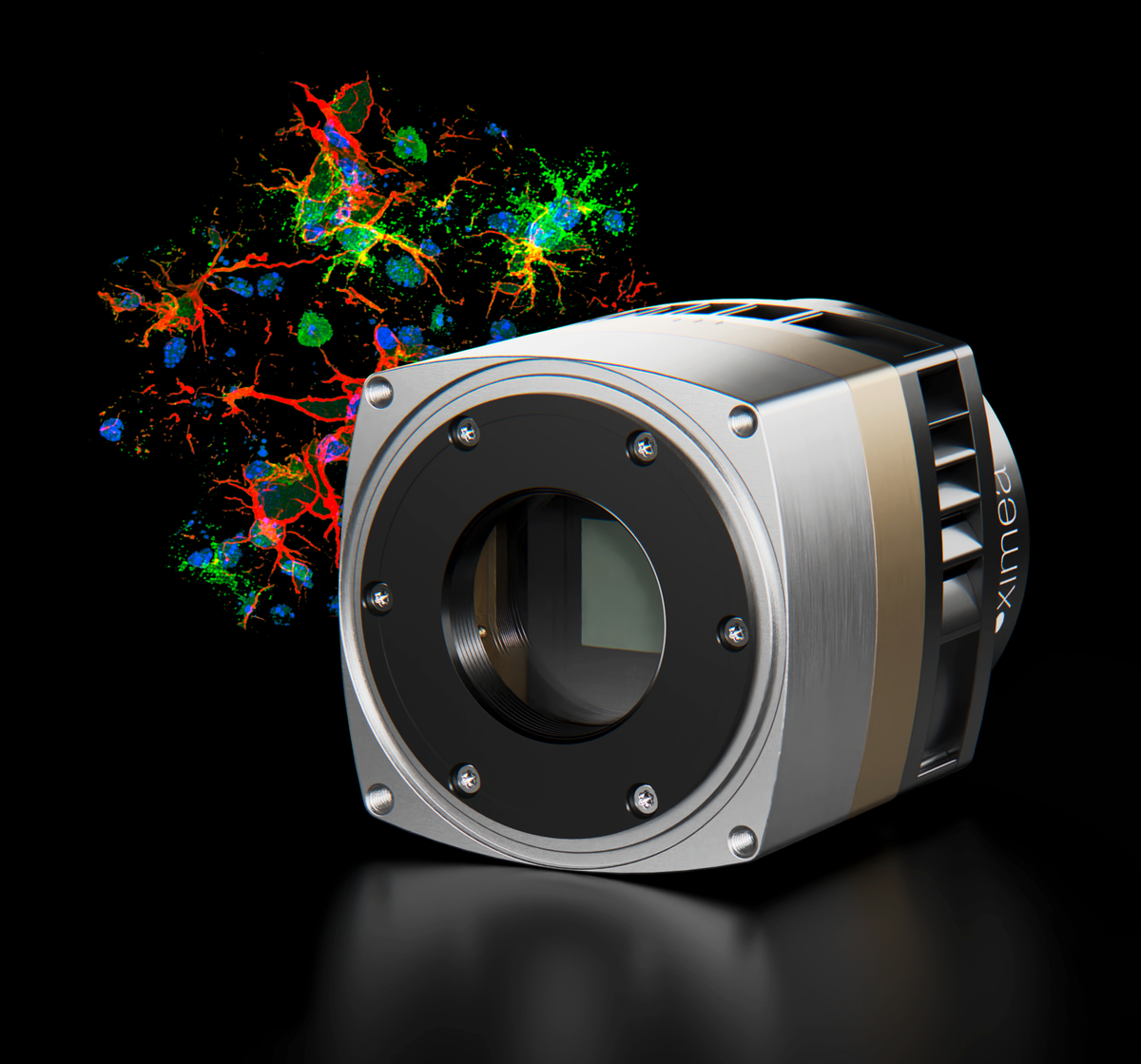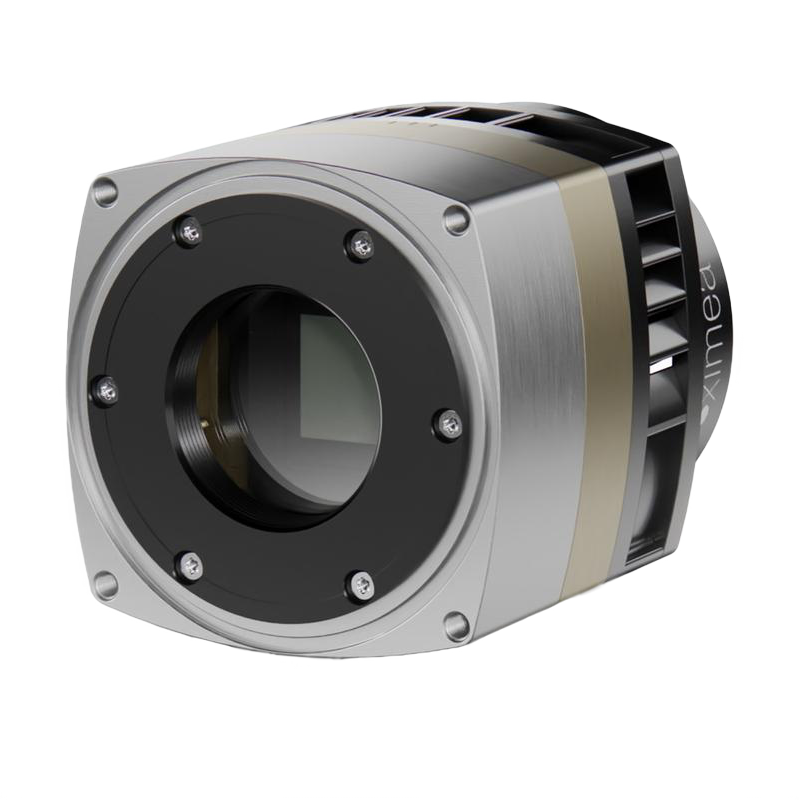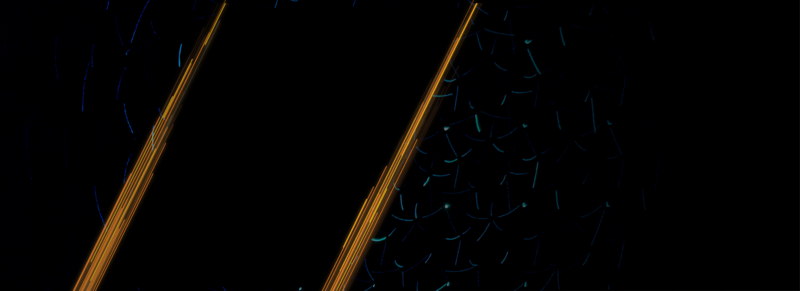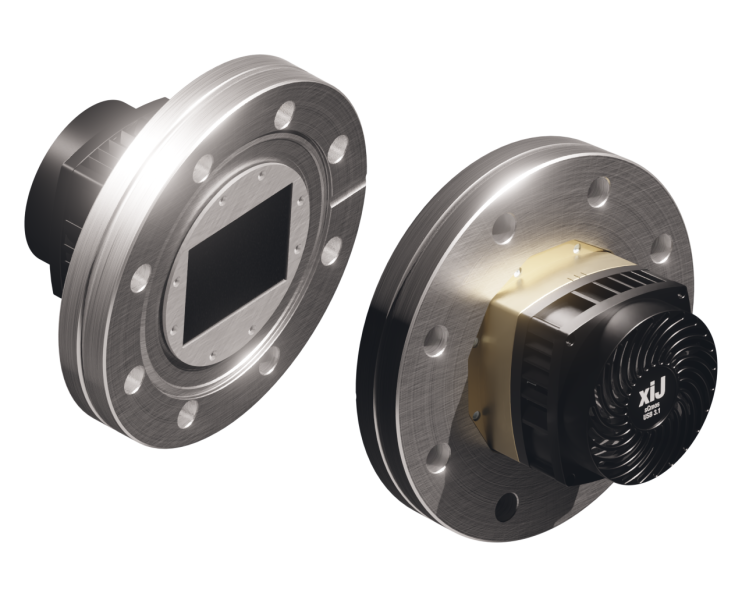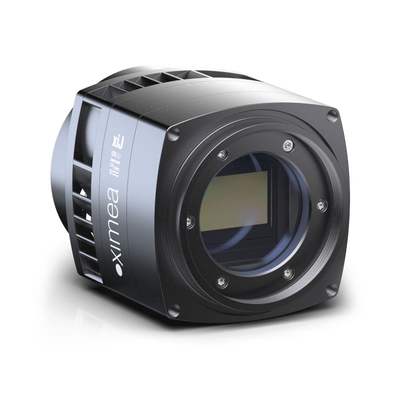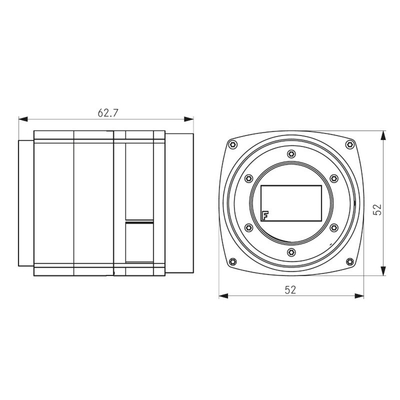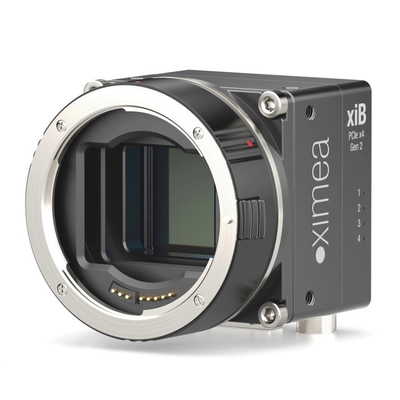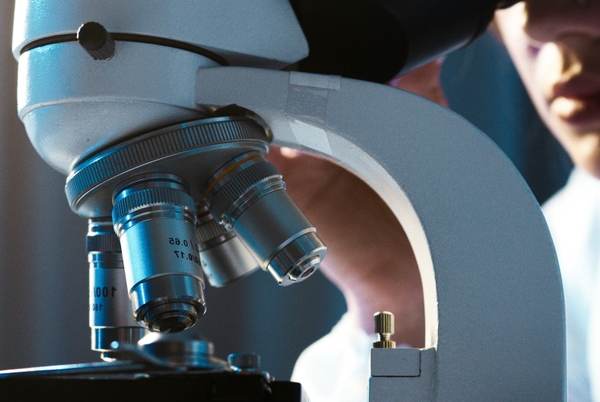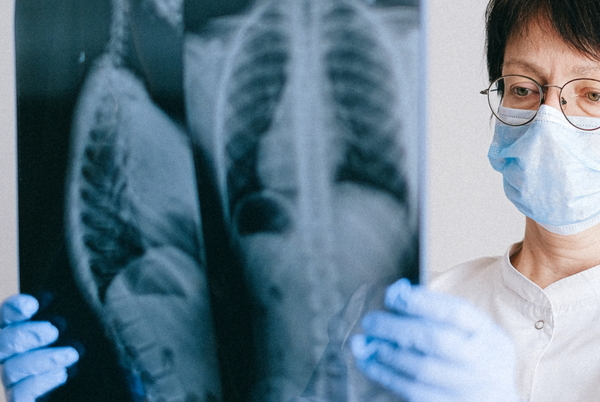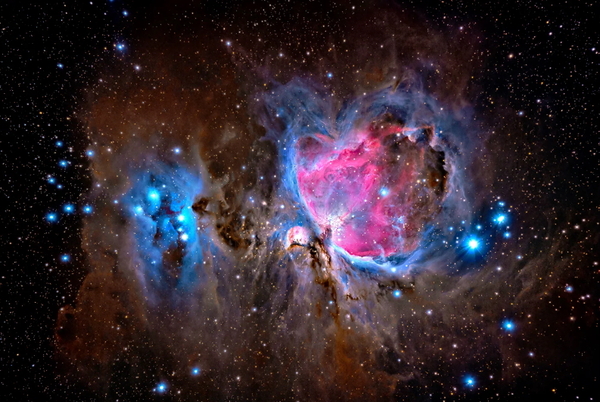| Model | Sensor model | Resolution | Sensor size | Pixel size | Full well Capacity | Dynamic range | Readout noise | Peak QE | Frame rate |
| MJ042MR-GP-P11 | GSENSE400 | 4.1 MPix | 2" | 11 µm | 120000 e- | 96 dB | 1.5 e- | 58% | 48 FPS |
| MJ042MR-GP-P6-BSI | GSENSE2020 BSI | 4.1 MPix | 1.2" | 6.5 µm | 54000 e- | 90 dB | 1.2 e- | 94% | 58 FPS |
| CB042MG-GP-BSI | GSENSE2020 BSI | 4.1 MPix | 1.2" | 6.5 µm | 54000 e- | 90 dB | 1.2 e- | 91% | 73 FPS |
| CB042MG-GP | GSENSE2020e | 4.1 MPix | 1.2" | 6.5 µm | 45000 e- | 87 dB | 2 e- | 72% | 93 FPS |
| MX042MR-GP-BSI-X4G2 | GSENSE2020 BSI | 4.1 MPix | 1.2" | 6.5 µm | 54000 e- | 90 dB | 1.2 e- | 91% | 73 FPS |
| MJ042MR-GP-P11-BSI | GSENSE400 BSI | 4.1 MPix | 2" | 11 µm | 90000 e- | 95 dB | 1.7 e- | 95% | 45 FPS |
| MJ042MR-GP-P11-BSI-UV | GSENSE400 BSI | 4.1 MPix | 2" | 11 µm | 80000 e- | 95 dB | 2 e- | 95% | 48 FPS |
| MJ150MR-GP | GSENSE5130 | 15.1 MPix | APS-C | 4.25 µm | 16500 e- | 77 dB | 1.6 e- | 72% | 16 FPS |
SWIPE FOR MORE
